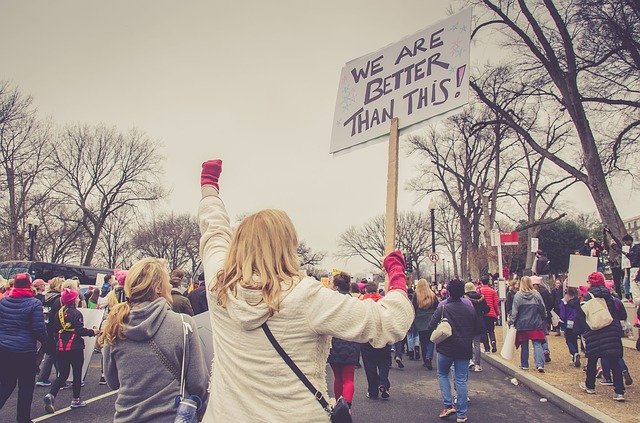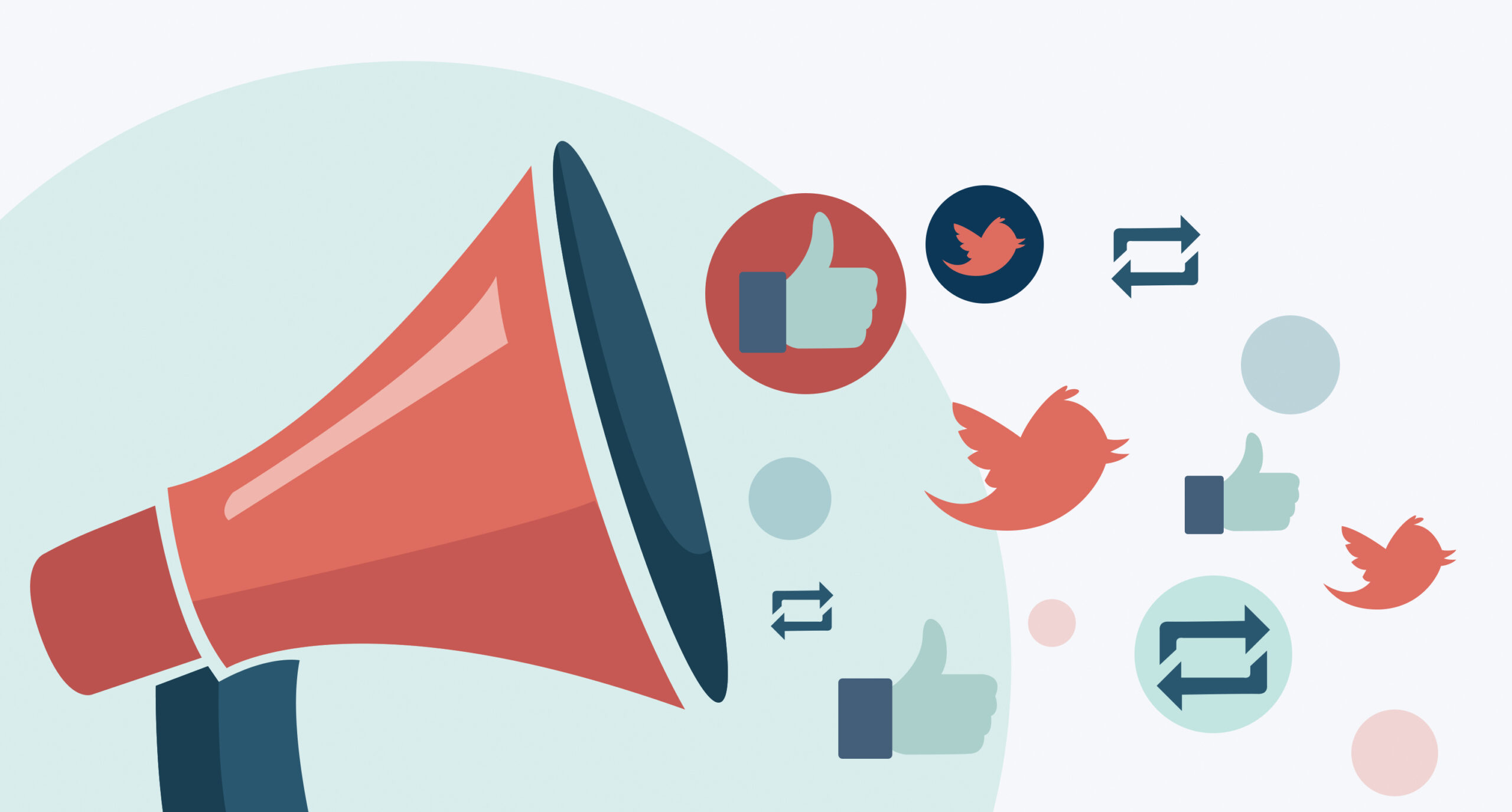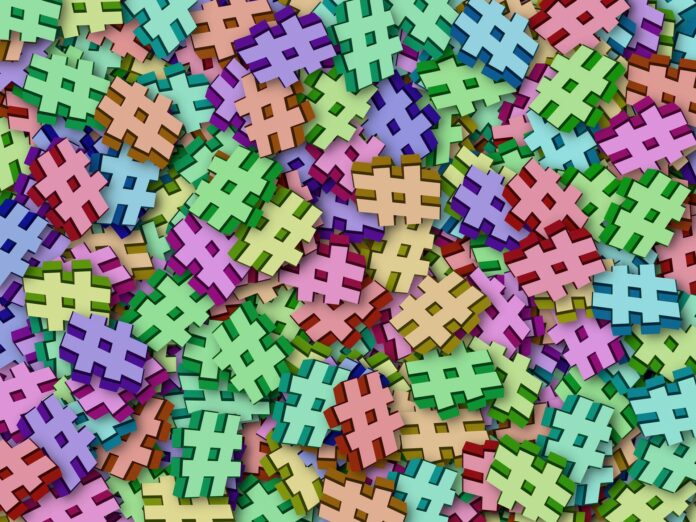By Evi Tsakali,
Remember the catastrophic explosion in Beirut in the end of July? It left the world startled and deeply upset; and the virtual world of the internet was no exception. It was a matter of little time until all social media were loaded with posts expressing sympathy and support, videos of the tragic moment, petitions to send aid, even fundraising efforts. Such instant mobilization would not have taken place a decade ago, before the rise of digital activism.
Digital activism (also known as cyberactivism) is defined in Britannica as a form of activism that uses the internet and digital media as key platforms for mass mobilization and political action. According to a research in 2018 by the Pew Research Center, 53% of adults in the US have been politically or socially active on social media, by engaging in activities such as but not limited to: being part of groups that share an interest on a specific issue, encouraging others to take action, looking up information on local protests and rallies, changing their profile picture to show support for a cause or using hashtags related to a political or social issue.
The phenomenon has provoked mixed feelings among internet users. As a young adult using social media on a regular basis, I could humbly notice a division of social media users in two general types according to their attitude towards digital activism (though, of course, variations exist: not everything is black and white, just shades of grey).

Type 1: The “hypenthusiasts”
We all follow someone on social media who reposts campaign posts over campaign posts by NGOs, public organizations or any other stakeholder involved; someone who is constantly posting their opinion in a text sometimes longer than we bother to read. That someone is a personalization of our first type: the hyperenthusiast.
Taking into consideration that some of them verify the information they share and others do not, or that some are experts on certain topics and others are not, it would be unfair to critically evaluate all of these cases in the same way. However, they are all united under the same umbrella: passion. They are, or present themselves as, particularly passionate on the topics they deal with and the messages they want to convey.
Being the embodiment of digital activism, they are the ones who have created the mass mobilization we are witnessing -either in approval or in criticism- each time a crucial issue comes up, which has indirectly developed the next type of internet users we are going to examine, the deniers.
Type 2: The “deniers”
The deniers tend to have a mentality of abstention when it comes to humanitarian issues online (sometimes even offline as well). They base their attitude on a feeling of desperation towards the bombardment of information caused by the hyperenthusiasts, whose dedication they may find hypocritical, and find no point in this reposting, commenting and sharing. In some cases, the overexposure to cyberactivism drains them psychologically, for they get used to such humanitarian content that is no longer able to spark in them any emotion or sensitivity.
Therefore, is digital activism a blessing or a curse?
Bearing in mind the two aforementioned types of digital users, the answer would be probably both. No one could blame the hyperenthusiasts for reaping the benefits of digital democracy and freedom of speech, but sometimes excessive freedom is nothing more but excessive slavery (that being a statement which would rather irritate a hyperenthusiast in a social media setting). There is a fine line between free speech and being trapped in a vicious circle of false information overload and mass fanaticism. We have done quite a good job marginalizing and condemning extremist ideology and rhetoric, whatever its form may be on social media, whereas we ignore how sometimes we are enslaved in our own political correctness. We have created a cyberactivist culture where the cyberactivist has a specific profile, specific beliefs and social media activity. We have developed a sort of internet etiquette according to which we have to support specific opinions and agree with specific statements in order to sound pro human rights/pro freedom of speech/anti-racist/anti-fascist/eco-friendly/LGBTQ+ friendly and the list goes on, jeopardizing making activism nothing but another trend. A quick scroll into social medias’ feed nowadays can easily turn an educated adult with strong opinions and beliefs into a middle schooler who thinks he has to dress like his peers to validate his identity. Mob mentality is still mob mentality, even if it is related to the “correct” opinions.

Nevertheless, the humanitarian and political content posted on social media could be considered, if not activism, an excellent educative tool, since it contributes in raising awareness on pressing social matters: via such content, humanitarian and political dialogue is fostered like never before and is accessible to a large part of the global population, regardless of age, social status or academic qualifications. It is also imperative to acknowledge cyberactivism’s main characteristic and what I would consider its biggest weapon: symbols. Symbols unite and divide, categorize and define; they shape identities and cultures, they make history. Everybody recognizes the clenched fist, symbol of the BLM movement, which was omnipresent on Facebook and Instagram after George Floyd’s murder and many of us remember the #JeSuisCharlie, even if we do not know French or do not remember what happened in Paris back then. Maybe this is why digital activism is here to stay as a practice. As Joseph Conrad said “to be convincing you have to trust not only the correct argument, but the correct word; the power of sound has always been greater than the power of logic”.
However, not all humanitarian crises have symbols. Not all humanitarian issues look good on social media or are provocative enough (but not too much) for our feed and our followers; and thinking that a repost, an Instagram story or a signature in an online petition will actually fix the problem would be rather utopic, if not naive.
References
- Digital activism, Encyclopedia Britannica, Available here.
- Activism in the Social Media Age, Pew Research Center, Available here.
- Persuasion and Rhetorical Definition, ThoughtCo, Available here.




